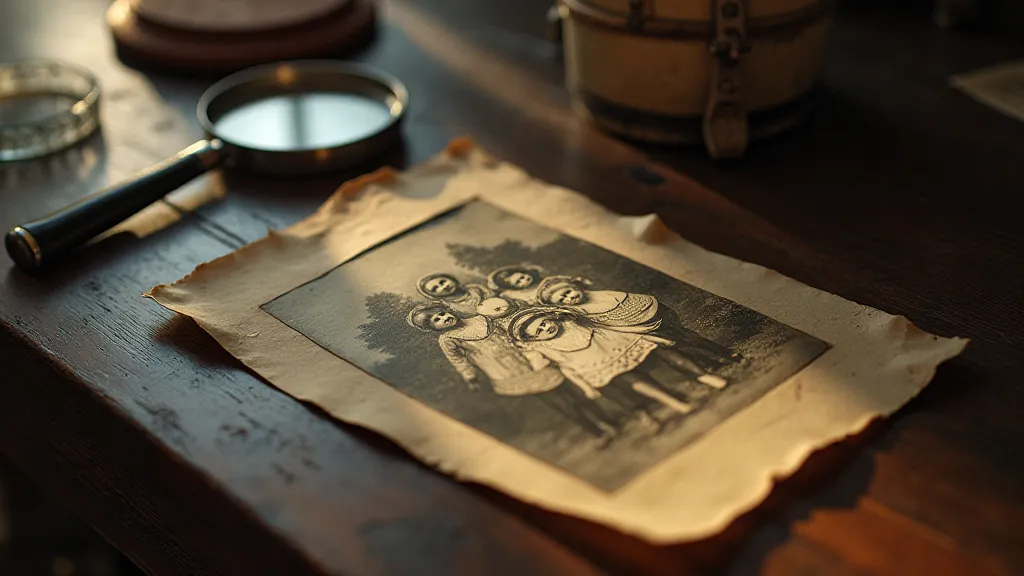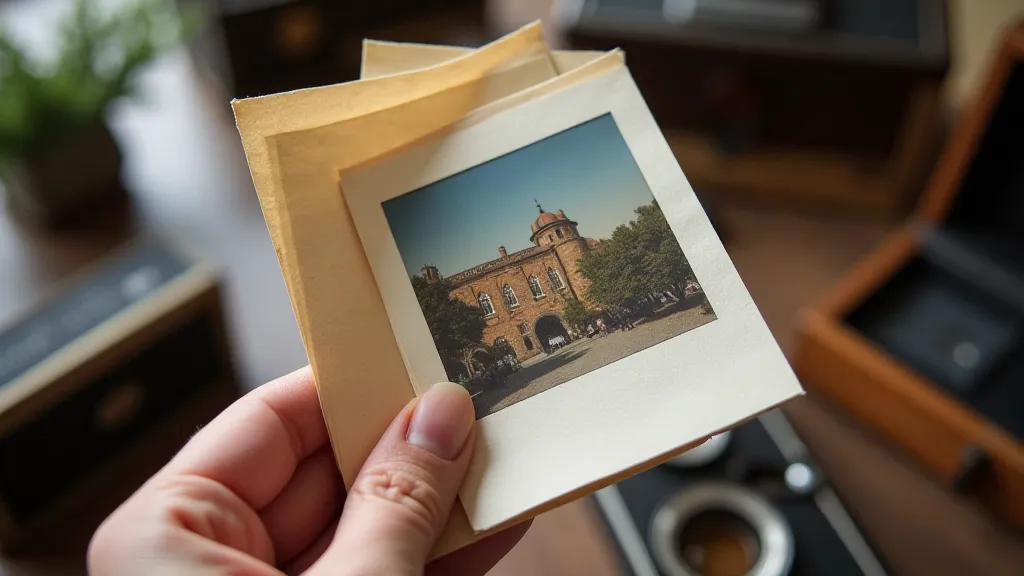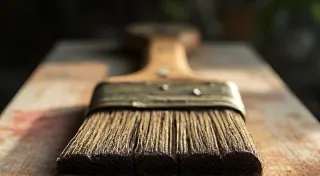Chromatic Ghosts: Preserving Memory's Transient Hues
There’s a particular melancholy that clings to hand-tinted Victorian photographs. It’s not simply the visual aesthetic – the soft, painterly overlay of color upon a silvered image – but a profound sense of time passing, of lives lived and memories fading. To hold one of these photographs in your hand is to connect with a past where capturing an image was a laborious, deliberate act, infused with artistry and imbued with a preciousness we often lose sight of in our digital age. These weren’t snapshots for social media; they were carefully considered portraits, often commissioned and treasured for generations.
I remember finding a box of these tintypes at a small antiques market in rural England. The images themselves were unremarkable – a family portrait, a young man in uniform, a stern-looking woman in a bonnet. But the faint blush of rose on the woman’s cheeks, the subtle green of the man's uniform, the almost imperceptible lilac shading the sky – they whispered stories that the black and white couldn't convey. It felt like uncovering ghosts, brief flashes of a world long gone.
The Alchemy of Color: Historical Context
The advent of photography in the mid-19th century was a revolution, but early photographic processes like the collodion and albumen prints lacked the vibrancy of life. While a silver print could capture form and light, it lacked the visual richness that most desired. The initial public appetite for photography was high, but demand quickly evolved. To satisfy this craving for color, photographers began hand-tinting their prints – a labor-intensive process that combined the mechanical reproduction of photography with the artistic skill of a painter.
The earliest forms of tinting were surprisingly simple. Dry pigments were applied with brushes, often mixed with a binding agent like gum arabic. As techniques evolved, more sophisticated methods emerged, including the use of aniline dyes – revolutionary synthetic pigments that offered a wider range of colors and greater intensity. These dyes, first produced in the 1850s, significantly impacted the appearance of Victorian photography, allowing for greater realism and artistic expression. The application was delicate. A single mistake could ruin the entire image. The success of the tinting process relied not only on skill but also on a nuanced understanding of chemistry and materials.

The Delicate Balance: Materials and Techniques
The process itself was far more complex than simply brushing color onto a print. The base photograph needed to be carefully prepared. The surface would often be toned – typically with gold chloride to warm the silver image and provide a better surface for the pigments to adhere to. This toning process altered the chemical stability of the print, making it even more susceptible to degradation over time. The choice of dyes also played a crucial role; some aniline dyes were incredibly lightfast, while others were notorious for their tendency to fade and bleed. The most skilled photographers would carefully select pigments based on their archival properties, taking into account the specific colors they needed to reproduce.
The application of color involved layers of painstaking detail. Some photographers employed a “watercolor” approach, carefully building up layers of transparent dye washes to achieve subtle shading and depth. Others used a more direct style, applying thicker dabs of pigment to create a more painterly effect. Regardless of the method, precision and control were essential. A steady hand, a keen eye for color, and a deep understanding of the materials were all prerequisites for success. Imagine the focus, the stillness required to replicate reality in such a delicate way. The reverence one must have for their medium.
The Shadow of Time: Archival Conservation Challenges
The ephemeral nature of these vibrant hues is perhaps their most poignant characteristic. The very chemicals that brought them to life are also the agents of their slow decay. Aniline dyes, particularly, are notoriously unstable, prone to fading, discoloration, and bleeding. Exposure to light, humidity, and pollutants accelerates these processes, transforming once-vivid images into ghostly shadows of their former selves. The gold toning, while initially beneficial for pigment adhesion, also contributes to instability, as it alters the silver image's chemical structure.
Furthermore, the physical support of the photograph—often a fragile albumen print on a thin paper backing—is also vulnerable to degradation. Acid migration from the paper can damage the silver image and the pigments, leading to cracking, brittleness, and overall deterioration. This delicate interplay between the photographic image and its physical support is the root of the primary conservation challenges.

Preserving the Echoes: Conservation and Collection Considerations
Thankfully, conservationists have developed techniques to mitigate the effects of time. Careful storage in archival-quality enclosures, away from direct light and humidity, is the first line of defense. Framing under UV-filtering glass can also significantly reduce light damage. In more complex cases, specialized treatments may be required, such as surface cleaning to remove accumulated dirt and pollutants, and in some instances, the careful application of consolidants to stabilize fragile pigments.
For collectors and enthusiasts, understanding the potential pitfalls is equally important. Avoid exposing hand-tinted photographs to direct sunlight or fluorescent lighting. Handle them with clean, cotton gloves to prevent the transfer of oils and acids. A cool, dry environment is ideal for long-term preservation. Investing in archival-quality storage materials is a small price to pay for safeguarding these irreplaceable pieces of history.
More than just preserving physical artifacts, we are safeguarding narratives. Each image holds a fragment of a life lived, a moment captured, a story waiting to be rediscovered. The preservation of these chromatic ghosts is not merely a technical endeavor; it's an act of remembrance, a testament to the enduring power of human creativity, and a bridge connecting us to the past. Recognizing the value of these delicate images is the first step in ensuring their survival for future generations, allowing them to experience the beauty and emotion that these faded hues still whisper.






